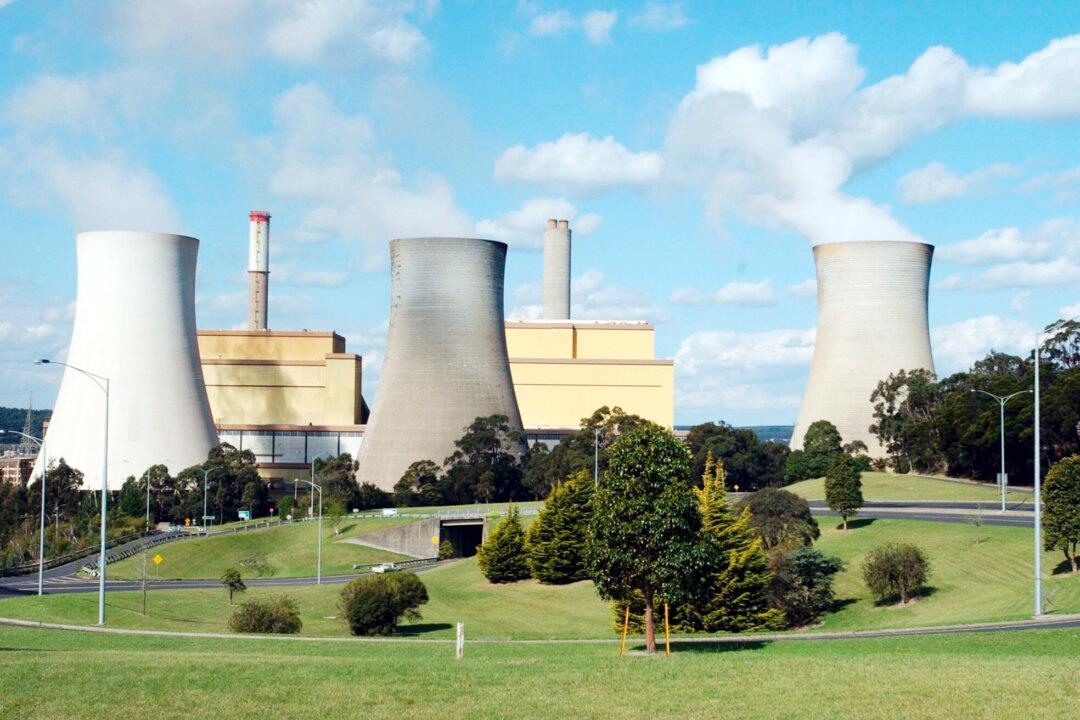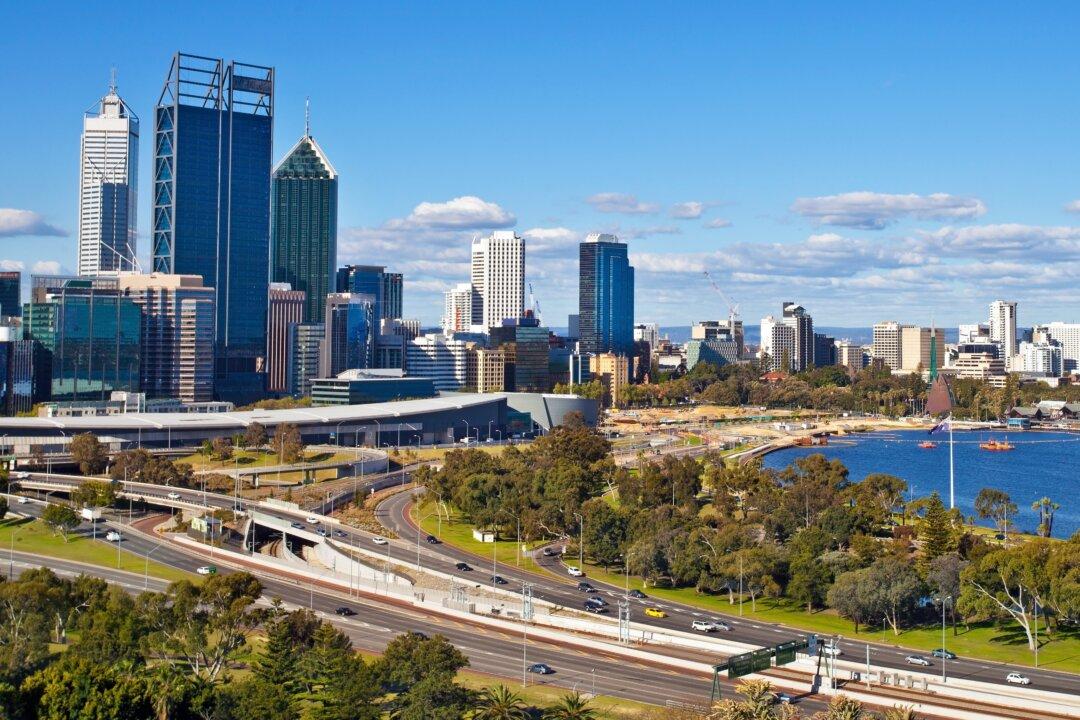The Victorian government will launch an inquiry into the early closure of the Yallourn coal-fired power station in the Latrobe Valley after state MP Melina Bath called for a report (pdf) into the economic impact of the power station’s shutdown.
EnergyAustralia, the owner of Yallourn Power Station, originally announced the facility would close in 2032—but on March 10, this was revised, with the new date brought forward four years to 2028. Yallourn is a key energy generator of Victoria, currently supplying 22 percent of Victoria’s electricity and 8 percent of the national market.





